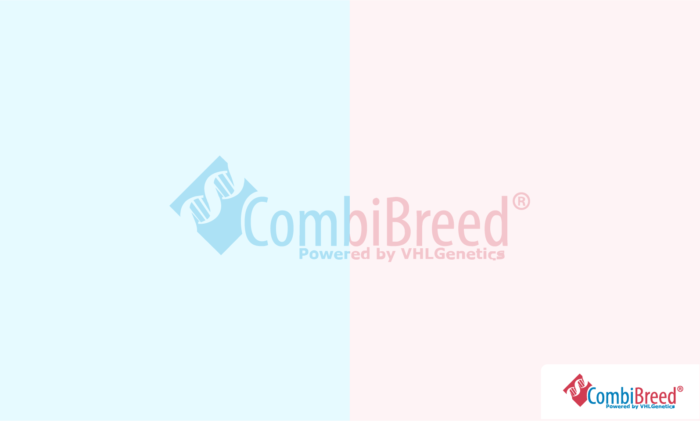
€57,48 €47,50 IVA no incluido
All horses have three naturally occurring gaits (walk, trot and gallop).
10 días laborables
Especificaciones
| Breeds | Akhal-Teke, Americano Bashkir Rizado, Caballo de las Montañas Rocosas, Caballo de Tennessee, Caballo islandés, Caballo miniatura americano, Caballo peruano de paso, Caspian, Cuarto de caballo americano, Dutch Harness, Finnhorse, Hucul, Kentucky Mountain Saddle Horse, Mangalarga Marchador, Mongolian, Paso Fino, Pony de equitación alemán, Pony Galés, Saddlebred americano, Scandinavian Coldblood Trotter, Selle Francais, Standardbred (Trotón americano), Trotter zorro de Missouri, Welsh Mountain, American Paint Horse, Appaloosa, Lewitzer, Morgan |
|---|---|
| Gene | |
| Chromosome | 23 |
| Mutation | c.902C>A |
| Mode of Inheritance | multifactorial |
| Organ | |
| Specimen | Pelo, sangre EDTA, sangre Heparina, Semen, Tejido |
| Also known as | SynchroGait |
Información específica de la prueba
All horses have three naturally occurring gaits (walk, trot and gallop). Some breeds (the gaited breeds) exhibit one or more additional gaits, particularly at intermediate speeds. This ability to exhibit alternate forms of gait is called gaitedness and the DNA test for this trait is known as SynchroGait. A mutation is found in the doublesex and mab-3 related transcription factor 3 (DMRT3) gene. This gene plays a crucial role in the development of the spinal cord neurons that control limb movement and locomotion. Specifically, the gene is involved in the formation of inhibitory interneurons in the spinal cord, which are critical for coordinating muscle movements during various gaits. The mutation is seen as a major genetic factor and is seen in many horse breeds.
Características clínicas
Horses with one or two mutated A-allele are more prone to lateral gaits (pace and tölt) and exhibit good leg coordination during these gaits. They also show an enhanced ability to perform ambling, a four-beat gait, including the tölt in Icelandic horses, which is smooth and comfortable for both horse and rider.
Foals with AA may appear less coordinated when learning to move; this should not be mistaken for ataxia. In ungaited breeds, AA will show poorer transitions into the gallop.
Depending on the breed the following benefits are linked to having two A-alleles (AA genotype): - Standardbreds horses are more likely to race professionally and have higher breeding value for racing performance. - Coldblooded horses show superior trotting technique, with natural pacing talent and excellent leg coordination at high speeds. - Icelandic horses are predisposed to perform five gaits (walk, tölt, trot, gallop, and pace), while CA and CC horses typically only perform four (walk, tölt, trot, and gallop) or three respectively.
Información adicional
Referencias
Pubmed ID: 22932389
Year published: 2012
Omia ID: 1715
Omia variant ID: